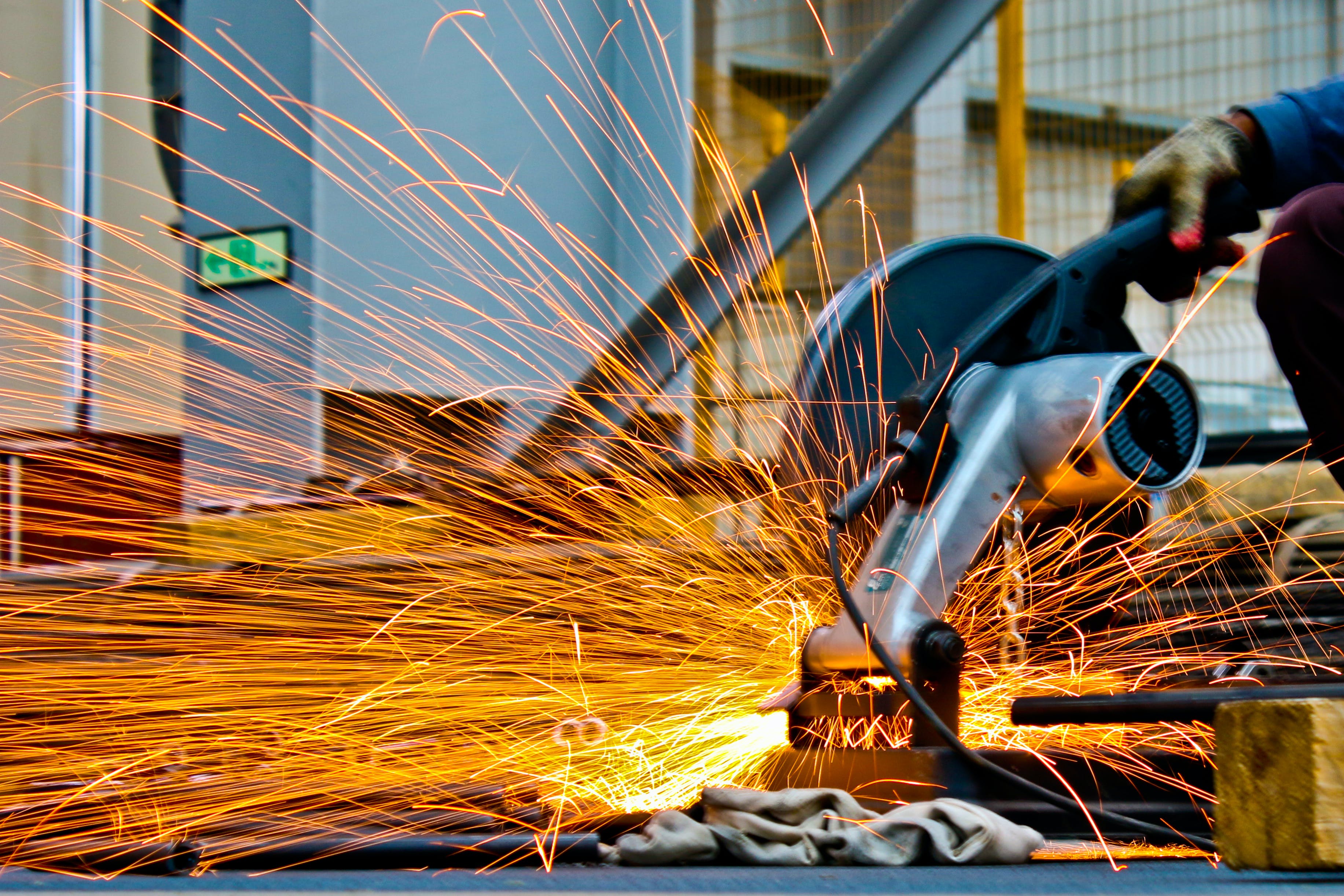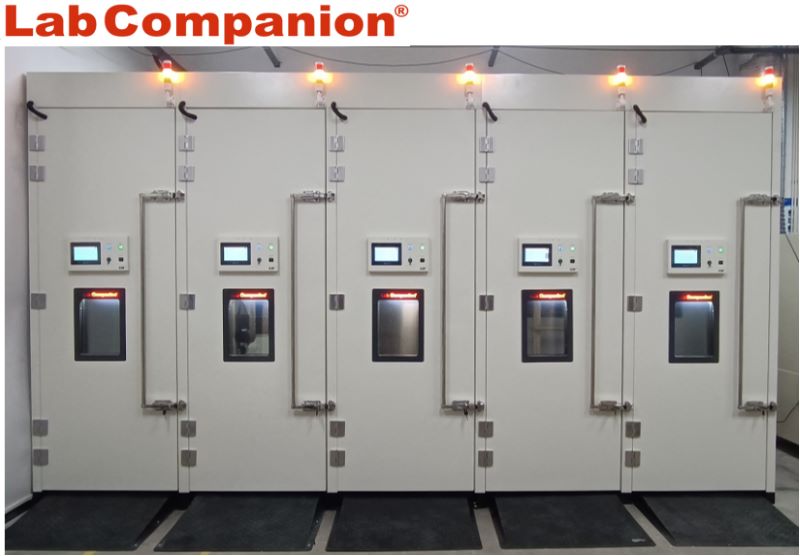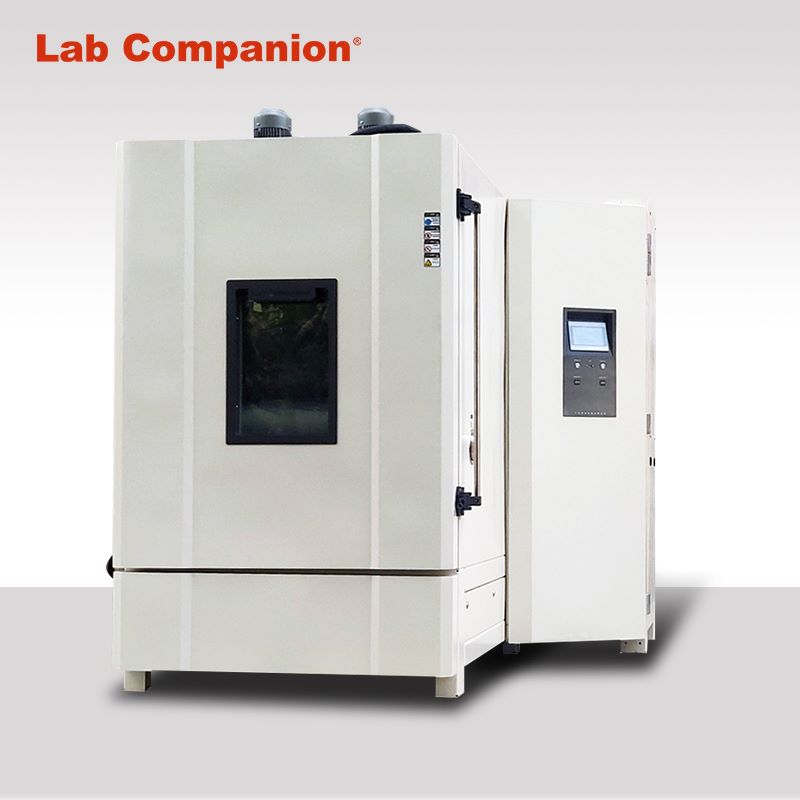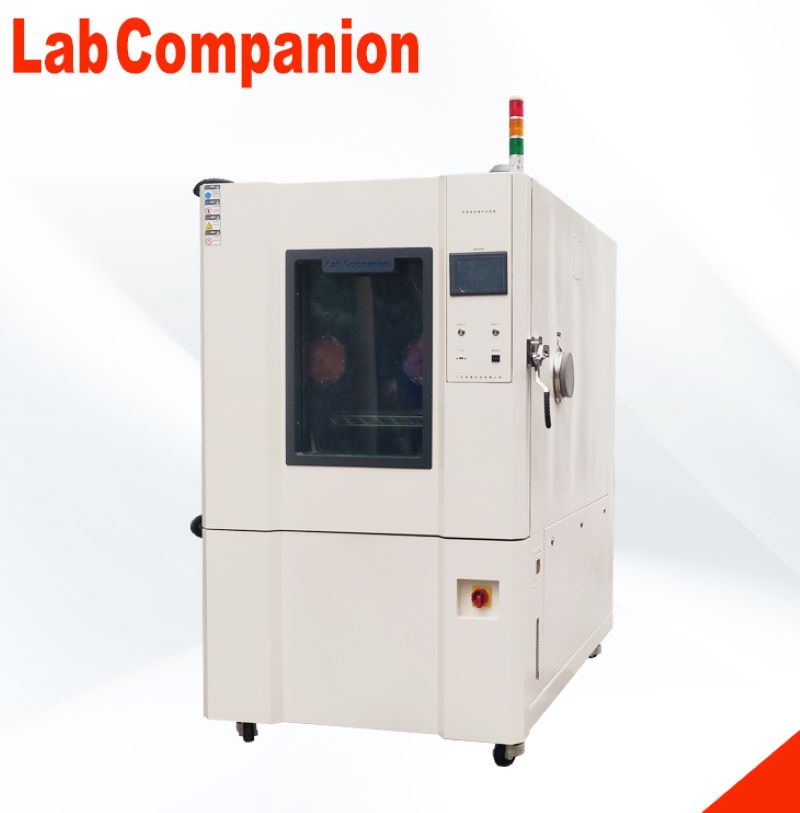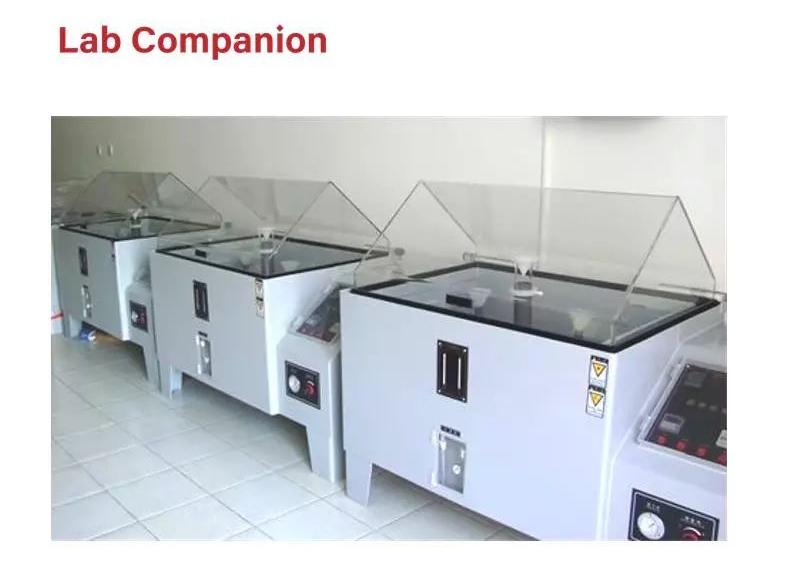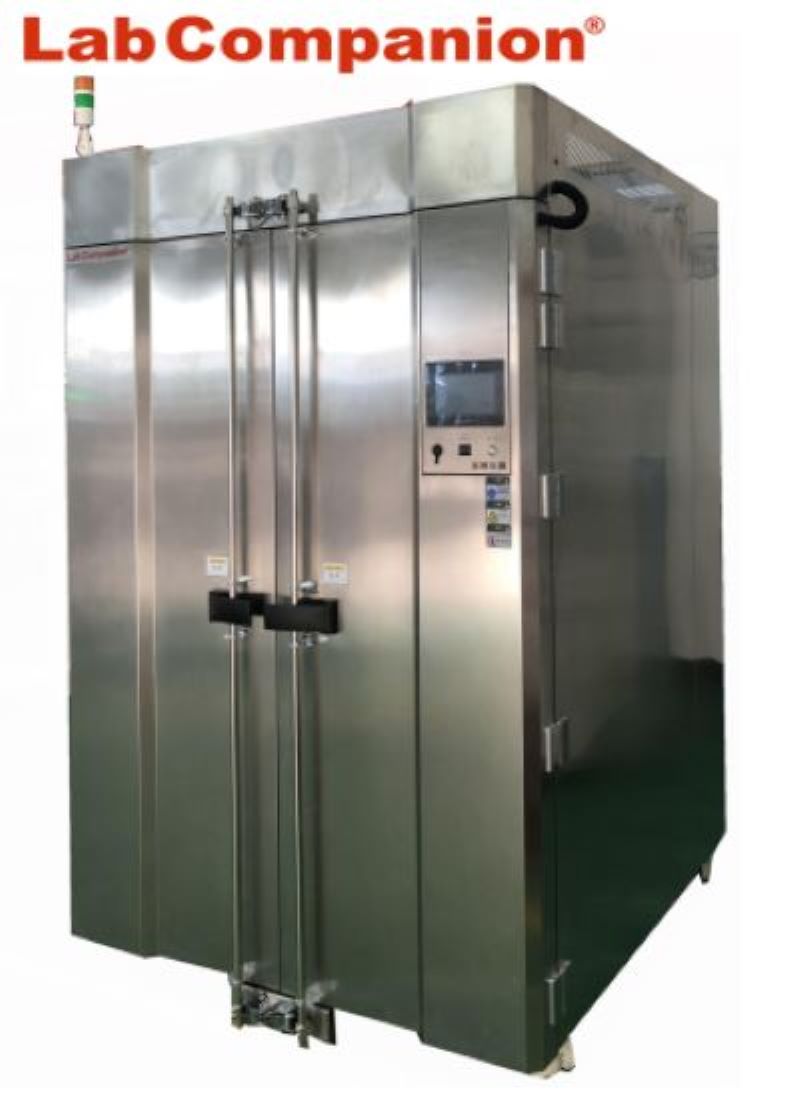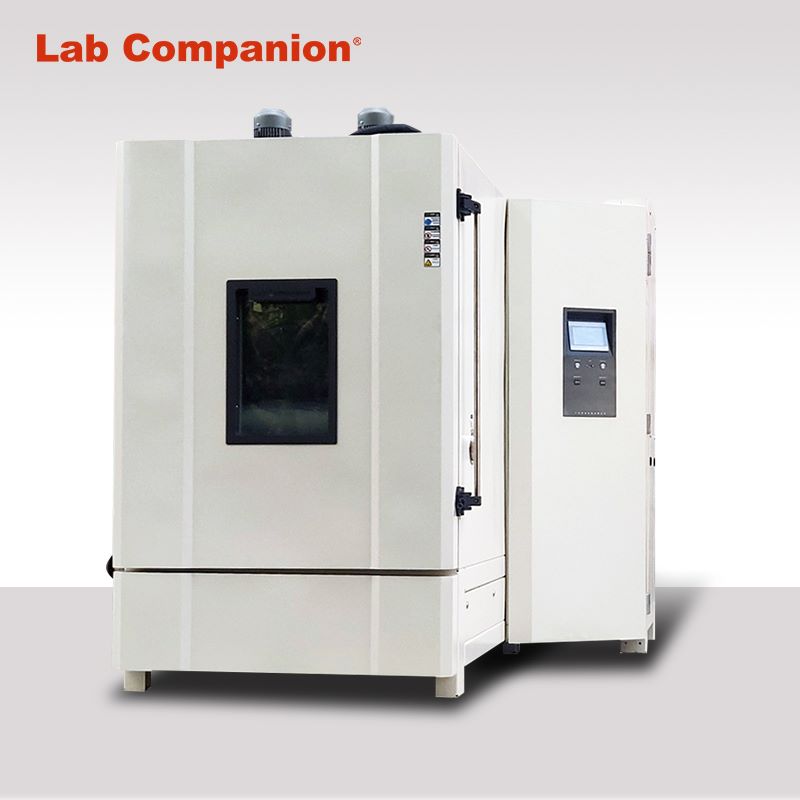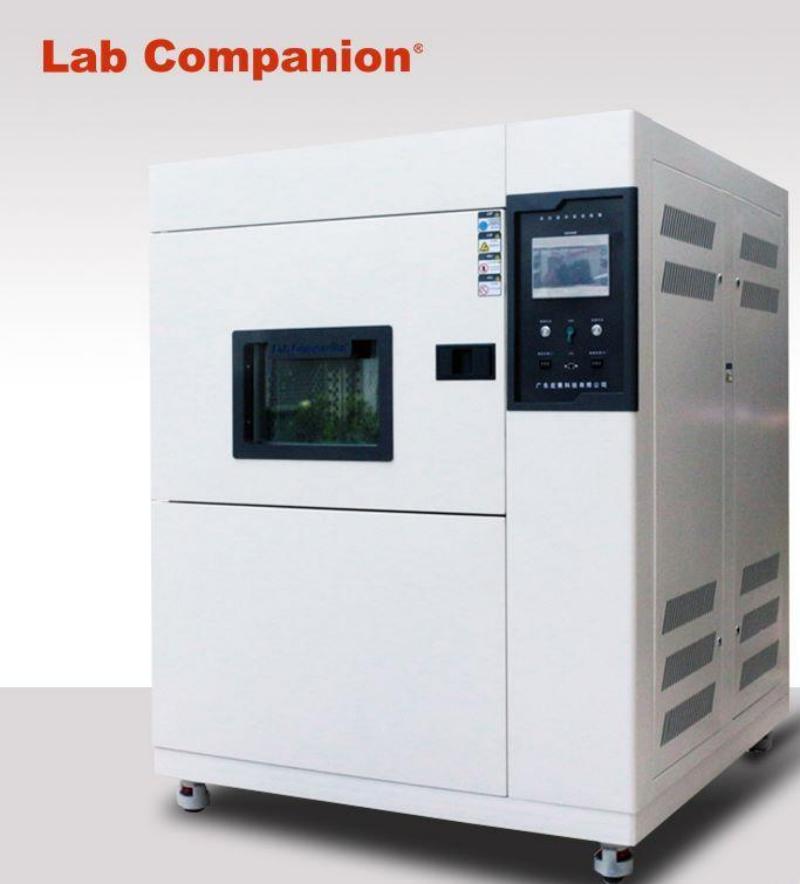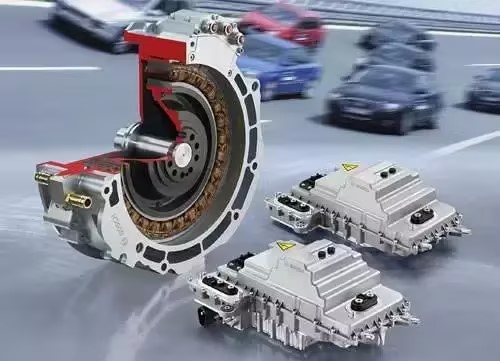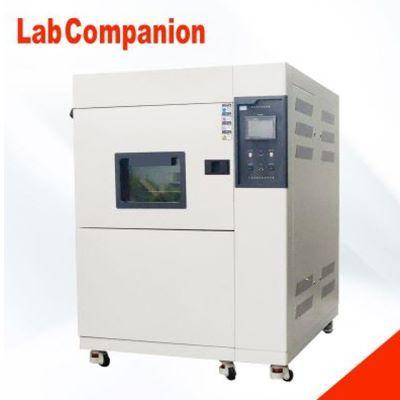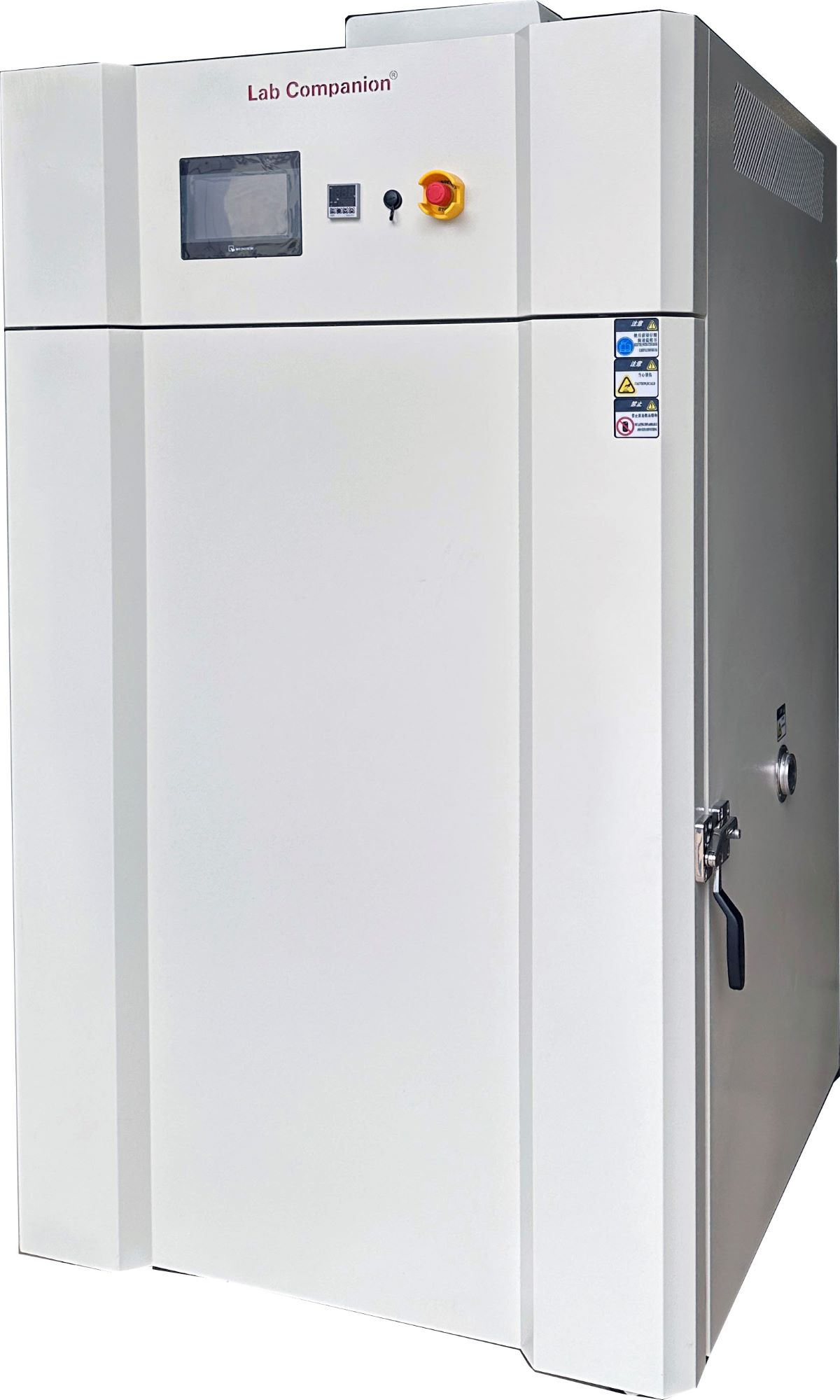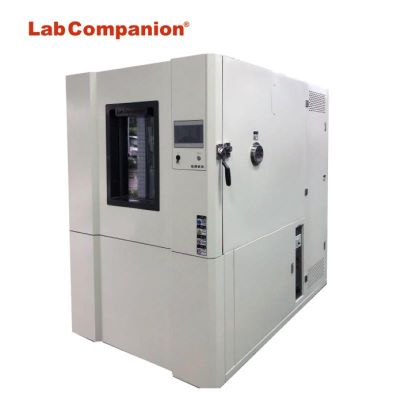High Temperature Aging Cabinet
High temperature aging cabinet is a type of aging equipment used to remove early failure of non-conforming product parts.
Use of temperature aging cabinet, aging oven:
This test equipment is a test equipment for aviation, automobile, home appliances, scientific research and other fields, which is used to test and determine the parameters and performance of electrical, electronic and other products and materials after temperature environment changes in high temperature, low temperature, alternating between temperature and humidity or constant temperature and humidity.
The chamber of the test equipment is sprayed with steel plate after treatment, and the spray color is optional, generally beige. SUS304 mirror stainless steel is used in the inner room, with a large window tempered glass, real-time observation of internal aging products.
Features of temperature aging cabinet, aging oven:
1. PLC processing industry touch screen programming combination control, balanced temperature control system: aging specimen room temperature rise start the ventilation fan, balance the sample heat, aging cabinet is divided into product area and load area
2. PID+SSR temperature control system: according to the temperature change in the specimen box, the heat of the heating tube is automatically adjusted to achieve the temperature balance, so that the heating heat of the system is equal to its heat loss and achieve the temperature balance control, so it can run stably for a long time; The fluctuation of temperature control is less than ±0.5℃
3. The air transport system is composed of three-phase asynchronous electronic multi-wing wind wheel and wind drum. The wind pressure is large, the wind speed is uniform, and the uniformity of each temperature point is met
4. High precision PT100 platinum resistance for temperature acquisition, high accuracy for temperature acquisition
5. Load control, the load control system provides ON/OFF control and timing control two functional options to meet the different test requirements of the product
(1)ON/OFF function introduction: The switch time, stop time, and cycle times can be set, the test product can be switched according to the setting requirements of the system, the stop cycle control, the aging cycle number reaches the set value, the system will automatically sound and light prompt
(2) Timing control function: the system can set the running time of the test product. When the load starts, the product power supply starts timing. When the actual timing time reaches the time set by the system, the power supply to the product is stopped
6. System operation safety and stability: The use of PLC industrial touch screen control system, stable operation, strong anti-interference, convenient program change, simple line. Perfect alarm protection device (see protection mode), real-time monitoring of the operating status of the system, with the function of automatic maintenance of temperature data during operation, in order to query the temperature historical data when the product is aging, the data can be copied to the computer through the USB interface for analysis (format is EXCEL), with historical data curve display function, It intuitively reflects the temperature change in the product area during the product test, and its curve can be copied to the computer in BMP format through the USB interface, so as to facilitate the operator to make the test product report. The system has the function of fault query, the system will automatically record the alarm situation, when the equipment fails, the software will automatically pop up the alarm screen to remind the cause of the fault and its solution; Stop the power supply to the test product to ensure the safety of the test product and the equipment itself, and record the fault situation and occurrence time for future maintenance.
